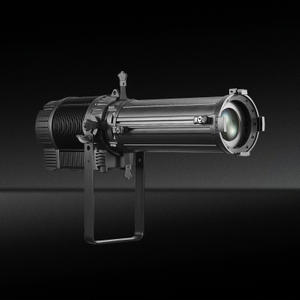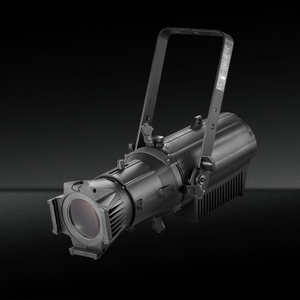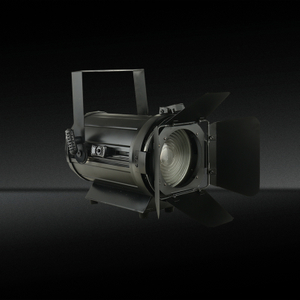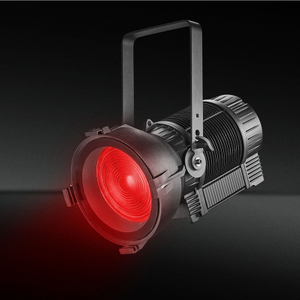Application of color temperature and distance in stage lighting
Views: 22 Author: Site Editor Publish Time: 2021-01-06 Origin: Site








Stage lighting design definitely does not mean that you can turn on the controller or turn on the switch. A good lighting engineer is not only a technician, but more importantly, he is also an artist.
 To become a stage lighting engineer, you have to start from many basic aspects. First, you must be proficient in stage lighting equipment and learn the corresponding optical knowledge, such as light color, color temperature, spectrum, incidence, reflection, scattering, superposition, attenuation Many basic principles must be mastered. Know the characteristics and usage of the equipment well. At the same time, it is also very important to understand the direct psychological effects of color, which directly affects the professionalism of lighting engineers on stage. | 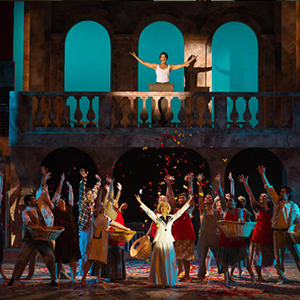 The direct psychological effect of color comes from the direct impact of physical light stimulation of color on human physiology. Psychologists have done many experiments on this. They found that in a red environment, a person’s pulse rate increases, blood pressure rises, and emotional excitement is impulsive. In a blue environment, the pulse will slow down and the mood will be calmer. Some scientists have discovered that color can affect brain waves. Brain waves are alert to red and relax to blue. |
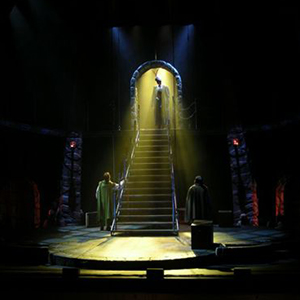 Cool and warm colors are based on the physical classification of colors based on psychological illusions. The material impression of colors is roughly produced by the two color systems of cold and warm. Long-wavelength red light and orange and yellow light have a sense of warmth by themselves, and any color with sub-light will feel warm. On the contrary, short-wavelength purple light, blue light, and green light have a cold feeling. Color itself does not have the height of physical temperature. Due to human psychological factors and thinking associations, when people see red, they will inevitably have a connection with fire, sun, etc., and form a psychological warmth. When people see blue , It will associate with water, ice, etc., and produce a cold psychological response. The warm and cold response of this color to people's psychology is the warm and cold feeling of color. On the stage, in order to express a warm and festive atmosphere, red light can be used as the main color in the stage area with orange and pink to form a warm tone, and a little blue and green light in the sky curtain and side lights, so that not only does not dilute the warm color On the contrary, due to the contrast between colors, the warm color tone is more vivid and the color tone is more artistic. |
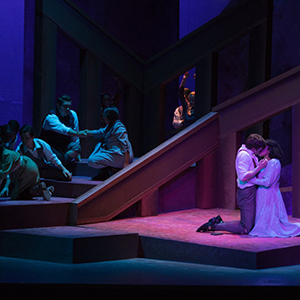 Color distance People's visual habit of color will also have a sense of distance. Objects of different colors are at the same distance, but people's visual experience is different. When the eyes are stimulated by color light, the theater stage light with longer wavelength will be behind the retina. The integrated focal point, and the shorter-wavelength colored light is focused on the front and right of the retina. After the self-adjustment of the eye lens, the longer-wavelength colored light looks closer, and the shorter-wavelength colored light looks farther away. This creates a difference in the sense of distance, forward and backward. So warm colors give people the feeling of moving closer, while cool colors give people the feeling of moving away from the future. The illusion of distance given by color is also affected by the color of the background. Therefore, when designing the stage, the lighting engineer should pay attention to adjusting the distance between the lamps and the people, to match different environments to create different stage effects. |

